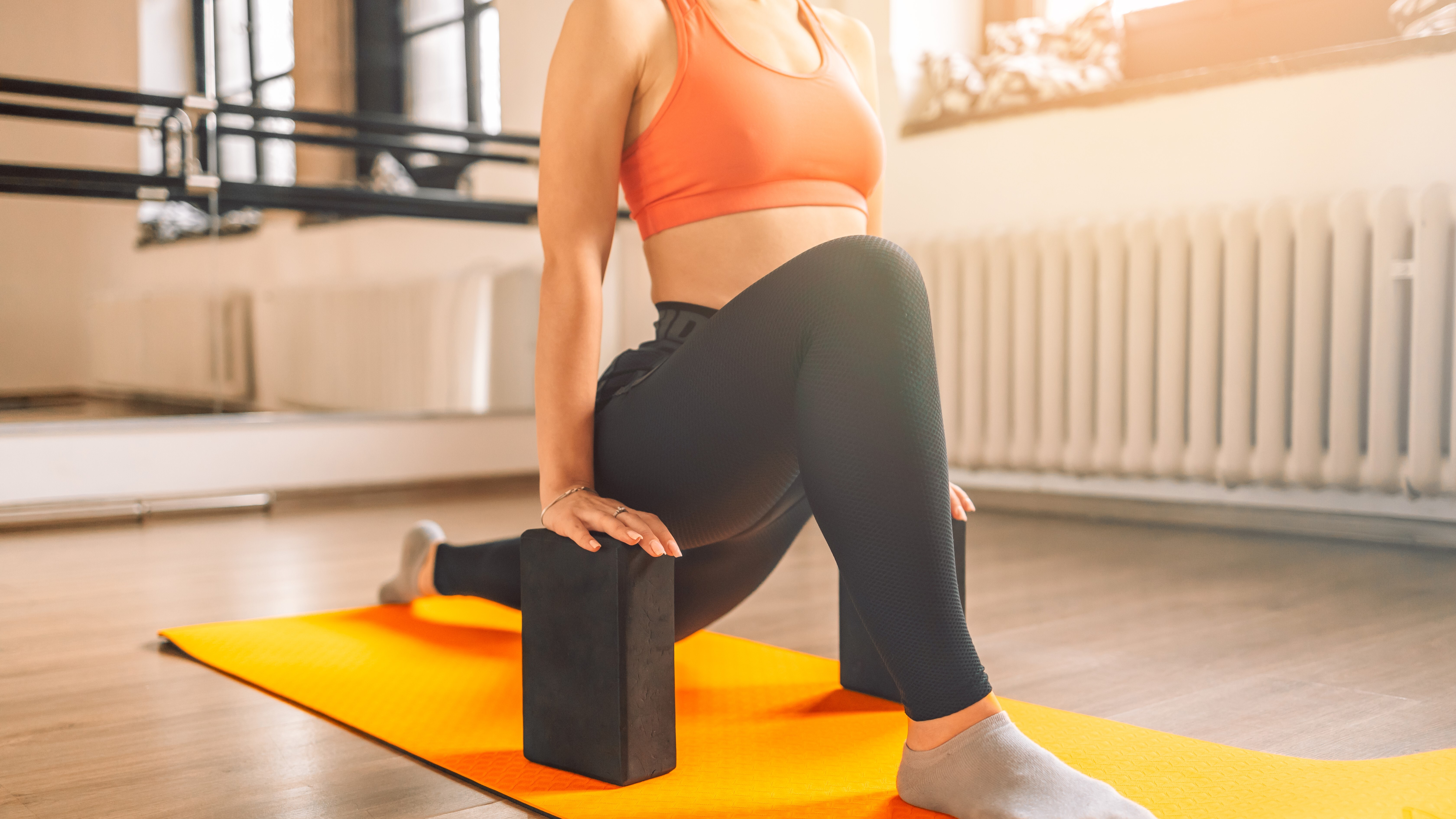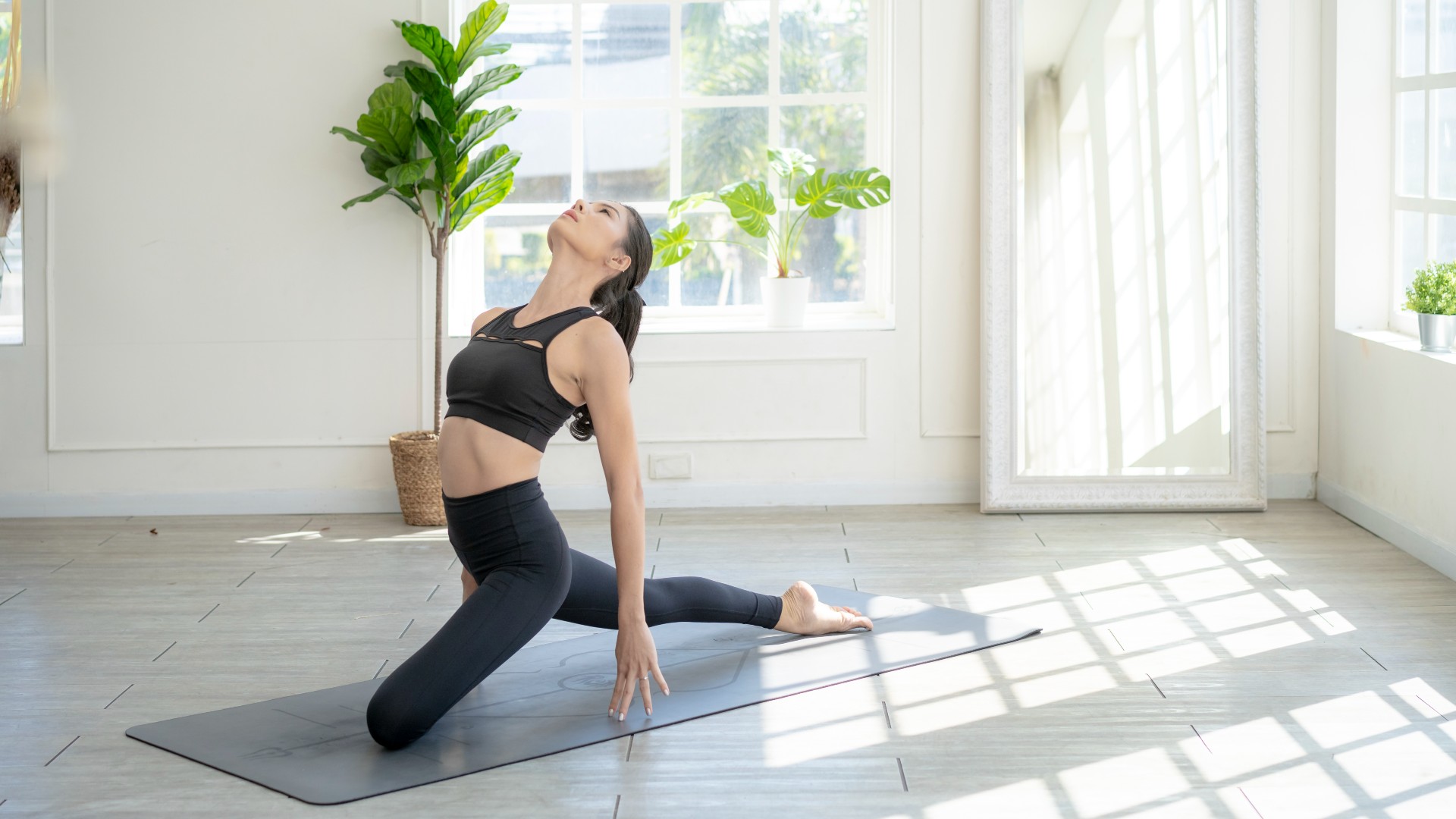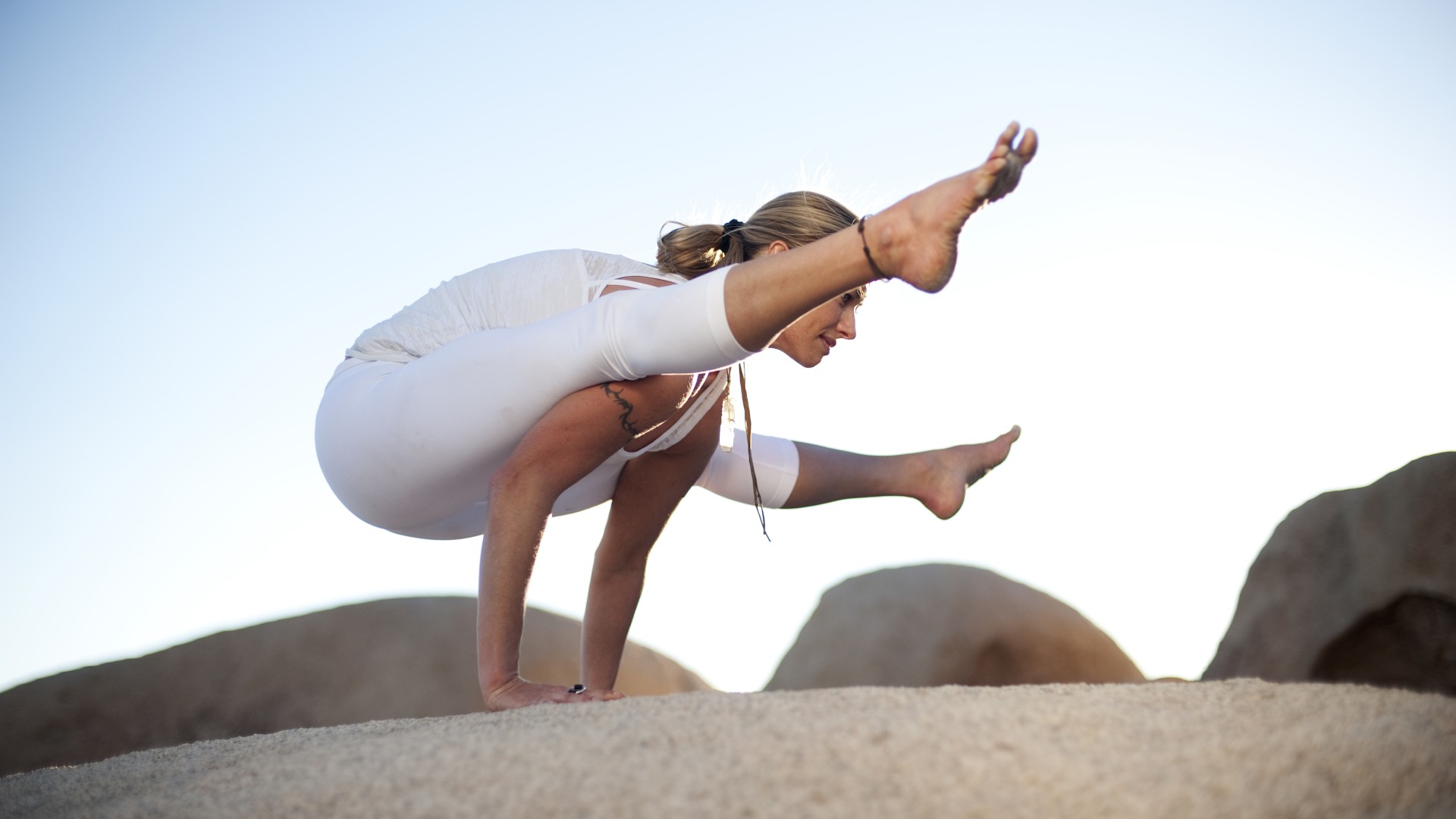
I’ve been dipping my tentative toes into yoga for roughly 10 years now, but my hot yoga practice has developed over six months into a weekly exercise routine that no-one who knows me dares interrupt.
Hot yoga carries a wealth of benefits. Regular practice could improve your balance, flexibility and range of motion, build functional strength and increase lean muscle mass, depending on the intensity and consistency of your practice. But any yogi can tell you that the benefits for breath, mind and body are what really sends us back to our mats each time.
Here’s what happened when I turned up the heat on my yoga classes consistently for six months, physically and mentally, while bedding my sweaty paws down on one of the best yoga mats to do it (Lululemon Take Form, if you’re interested).
Hot yoga: Benefits
Unlike Bikram, hot yoga doesn’t follow the same asanas every time. Your teacher will have free reign on how he, she, or they sequence a hot yoga class. That means you could be in for anything from dynamic flow to a more gentle Yin yoga class, and this also determines whether you leave class sporting a dewy glow or, like me, looking like you’ve just jumped in the bath.
Despite the sweat-laden sessions, hot yoga “does not sufficiently increase aerobic intensity or caloric cost,” according to the International Journal of Exercise Science. In other words, you’re not guaranteed to burn many calories or increase your heart rate significantly. However, the same research does suggest that exercising in a heated environment could ‘contribute to favorable metabolic changes over time.’ So, if you want to lose weight, adding hot yoga to your exercise routine is a good choice and could even increase the flexibility in those who adopt it.

Other research by the Journal of Strength and Conditioning has shown that participants who practiced heated yoga for eight weeks benefited from better shoulder, lower back, and hamstring flexibility compared with those who did not. And you don’t need to stand on your head or twist yourself into a pretzel to notice other benefits, like improving your mind-body fitness.
One study suggests you could build strength, flexibility and balance, improve blood flow, muscle endurance and function, and promote better oxygen delivery to your muscles by practicing yoga. Yoga connects movement and breath — it’s a focal component of the practice, and as we know, breathwork forms the foundation of meditation. A regular yoga routine could be a spiritual practice for many, helping to ease anxiety and improve mood.
Get instant access to breaking news, the hottest reviews, great deals and helpful tips.
But despite bold claims around transformative health, remember that, as with all exercise, consistency is key with hot yoga, and progression happens over months and years, not days.
I've been doing hot yoga every week for 6 months — here's what has happened to my body
Here’s what I’ve noticed six months in.
My shoulder mobility has improved
Having learned that regular practice could improve your range of motion and bone and joint health, I was excited to see what hot yoga could do for my dodgy shoulders. Since a young age, I’ve had hypermobility, which, to my chagrin, has caused endless instability in my shoulders.
My upper body feels freer, translating into better mobility and a stronger upper body overall. Asanas that felt unreachable before, like turbo downward dog or wheel, feel far more comfortable, and I can hold them for longer. I’ve also noticed improvements during weighted strength exercises and calisthenics outside hot yoga, like my barbell overhead press and kipping headstands.
The heat helps my joints and flexibility
I feel more flexible and mobile since practicing hot yoga regularly. Heat helps your body to relax and deepen postures, improving flexibility and encouraging you to move further into poses. Everyone has a stretch reflex, when the muscle contractions during a passive stretch, preventing you from rapidly overstretching. If you’ve noticed a hesitancy in your muscles when stretching, it’s likely your stretch reflex. After holding a stretch for more than 15 seconds, the muscles begin to relax, and a stretch can deepen or progress.
The research shows that the heat is brilliant for your joints and flexibility, and can even improve symptoms of arthritis. My achy joints have responded well to hot yoga, far more than I imagined, and I’m appreciating the heat even more during winter months. I’m not surprised, as the Arthritis Organization says heat therapy can help relax stiff joints.
Moreover, heated yoga classes relax soft tissue, and the Physical Therapy in Sport study found that applying heat to muscles could enhance stretching efficacy.
It improves my mood
Over time, mainstream appeal has shifted the intention to a more physical fitness-based practice. People are looking for a workout that raises the heart rate and challenges the muscles, such as power yoga or rocket. I prefer an intense, dynamic class, but I’ve noticed that the mindfulness and breathwork element has provided more of a pull over the last six months, drawing me back to the studio more than the physical side.
All yoga teachers will tell you, ‘It’s the journey, not the destination,” that matters, but I dare you to find many yogis who don’t do a mental fist pump when they nail a pose they’ve been working toward.
The combination of movement, heat and controlled breathing makes me feel grounded and calm immediately after practice. Sure, it doesn’t last long enough to not care about the muddy paw prints on the sofa when I get home or a delayed subway service on my way to work, but regular meditation (and this is a form of that) prepares you for when you might need it most in the future, not always immediately after.
My breathing feels easier to control
Having been told over and over again how important the breath is during yoga, I’ve always been frustrated that I can’t seem to find the rhythm or connection between breath and body. Having now developed a routine, I’m beginning to see what all the fuss is about.
It translates to any workout, where you’ll exhale as your muscles meet the most resistance. For example, the exhale during a push-up should be timed with the pushing-up phase, not while lowering. According to Esther Eckhart of Eckhart Yoga, breathing ‘has everything to do with our structural alignment and the patterns in which we hold, perceive and move the body” and helps the body flow through a sequence better. From an emotional standpoint, breathing helps cultivate awareness or the ‘present moment.’
My yoga practice has developed
All yoga teachers will tell you, ‘It’s the journey, not the destination,” that matters, but I dare you to find many yogis who don’t do a mental fist pump when they nail a pose they’ve been working toward. After all, we’re human.
Sticking to my hot yoga routine for the last six months has helped me to hone the postures I love the most, and I’m finally seeing progress. I’m possibly the most impatient person I know, and even I’ve learned to slow down and enjoy the process rather than the end goal. It has helped me enjoy my practice more, but still, getting within touching distance of the firefly pose was a fist pump moment — and I’m not afraid to say it!

I also feel stronger, which I didn't expect and wasn't seeking. Bodyweight exercises can build strength, and hot yoga slots into that category. So long as your muscles meet with a challenge, you can expect the results to follow. Let's see what the next six months bring.
Is hot yoga safe?
High or low blood pressure, pregnancy and joint conditions could be contraindications to practicing hot yoga. If you’re considering adopting a hot yoga practice and returning from injury, are pregnant, or post-partum, always consult your physician before beginning a new exercise routine.
More from Tom's Guide
- I tried Arnold Schwarzenegger's 6-move dumbbell workout, here's what happened
- I tried this yoga for knee pain, and it’s top shelf.
- bedtime yoga routine with 14 million views
- What yoga can do for your body
- This $10 accessory leveled up my yoga routine

Sam Hopes is a level 3 qualified trainer, a level 2 Reiki practitioner and fitness editor at Tom's Guide. She is also currently undertaking her Yoga For Athletes training course.
Sam has written for various fitness brands and websites over the years and has experience across brands at Future, such as Live Science, Fit&Well, Coach, and T3.
Having coached at fitness studios like F45 and Virgin Active and personal trained, Sam now primarily teaches outdoor bootcamps, bodyweight, calisthenics and kettlebells.
She also coaches mobility and flexibility classes several times a week and believes that true strength comes from a holistic approach to training your body.
Sam has completed two mixed doubles Hyrox competitions in London and the Netherlands and finished her first doubles attempt in 1:11.
